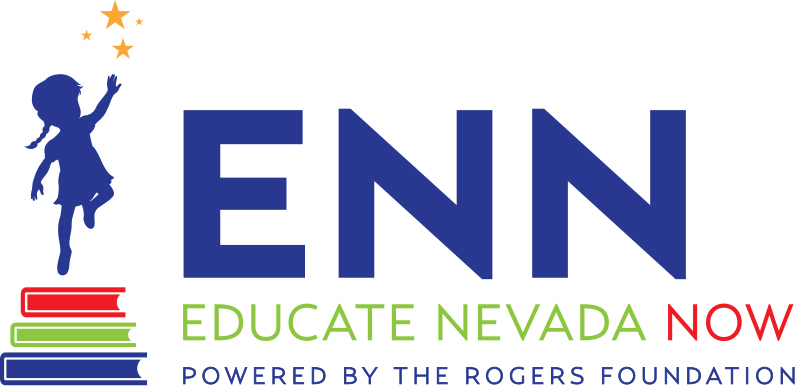WILL NEW EDUCATION FUNDING FORMULA BILL FOLLOW APA RECOMMENDATIONS?
We are already several weeks into our 80th legislative session and are still awaiting the release of a school funding formula bill. We are expecting one to be introduced any day now.
So far, there hasn’t been a lot of information on the proposed new formula, but we do know it’s supposed to be modeled after recommendations from the latest Augenblick, Paliach and Associates (APA) Nevada K-12 funding study released October of 2018.
If you haven’t taken the time to go through the 200-page report, some key recommendations include:
1) Transitioning to a cost-based funding formula with adequate per pupil funding and adjustments based on student and district characteristics, and funding determined by the resources needed for students to meet state standards and requirements.
2) An end goal of full, adequate funding for students. The study says lawmakers could begin with the expenditure-based Successful Schools approach, which examines expenditures of schools that that are performing better than their peers or are on their way to reaching future state performance standards. However, APA specifically states that it is a starting point while recommending the end goal be full adequacy which takes into account the cost of resources needed for ALL Nevada students to meet state and federal mandates. Successful schools only have an approximately 60 percent proficiency rate and a 35 percent proficiency in middle school math.
3) Weighted funding that is responsive to student need – The formula should provide additional resources to students based on need, such as being an at-risk, gifted and talented, English language learner or special education student. A weighted formula would ensure all students with these needs receive the same resources regardless of the availability of categorical funds for their school.
4) Funding that is responsive to district characteristics, that considers district size, wage index (cost of living), and small schools adjustments. The funding formula needs to include an adjustment that accounts for the different costs experienced in districts and schools due to having different economies of scale.
5) A hold harmless provision – Since the formula should be about moving toward full, adequate funding, no district should be financially harmed during the transition.
With the recommendations in mind, we will be looking if the proposed bill does the following:
1) Does the formula have a model or system for the state to eventually move to adequate funding? Will it account for the cost of all resources students need to meet state standards, as recommended by the study?
2) What systems are in place in the new formula to ensure that any additional revenue for education does not supplant?
3) Will the formula hold school districts harmless until they’ve reach full adequate funding? If not, which students will it take resources from, which resources should they go without and what is the justification?
4) Will there be a fully-funded weighted system as recommended by the APA study to provide support for ALL ELL, at-risk, special ed and gifted and talented students? Is there a mechanism in place to eventually provide additional funds to the 80 percent of Nevada students with unique needs not receiving additional funds via ZOOM, Victory or SB178 funds?
5) Was the new formula built with input from various stakeholders to include teacher groups, school districts from across the state and other local education experts to ensure all relevant factors are taken into consideration?
6) In what ways is this new proposed plan different than the current Nevada plan? How does it set us up for success?
7) Will this new formula reduce class sizes and provide funds for better technology, books and other necessary supplies by increasing base funding?
We hope these questions are all addressed in the proposed bill. We will be looking for these details once the bill is introduced. Until then, we will continue to talk to legislators and express the need to address our three main goals.
- Have a new education funding formula that accounts for evolving demographic changes and that appropriately funds the needs of everyNevada student.
- Ensure lawmakers respect and reflect the will of taxpayers and voters by using new revenue sources, such as the Marijuana Tax and Room Tax, to increase public education funding rather than to fill budget holes in other areas.
- Increased funds that come with accountability, stability and resources to ensure a return on the investment in our students and their academic success.

0 Comment